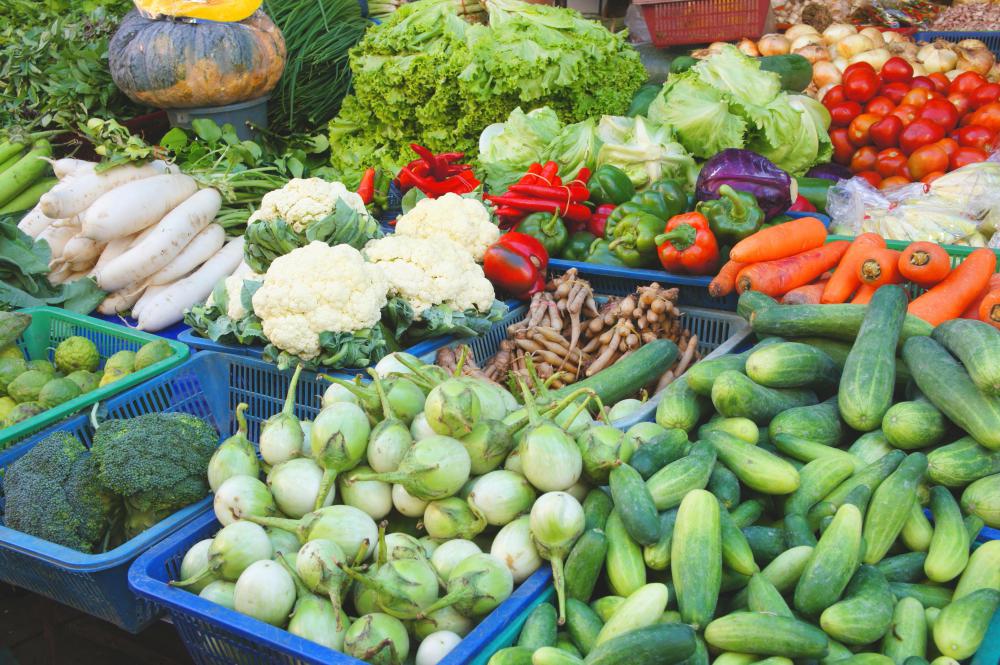At WiseGEEK, we're committed to delivering accurate, trustworthy information. Our expert-authored content is rigorously fact-checked and sourced from credible authorities. Discover how we uphold the highest standards in providing you with reliable knowledge.
What Is a Salmonellosis Outbreak?
A salmonellosis outbreak refers to infection by types of salmonella bacteria that do not cause typhoid (non-typhoidal), but are associated with causing gastrointestinal illness. The definition of the term outbreak is varied. Most people associate this with a large number of individuals being sickened by a bacterial strain from the same source, such as a contaminated food or contaminated pets like reptiles. Some writers suggest that organizations like the US Centers for Disease Control (CDC) define an outbreak in much smaller terms, only requiring two or more people to develop illness from a common infective source. Of course, the potential for the outbreak to grow in size is magnified when many people have access to the contaminated item, and identifying a salmonellosis outbreak early may reduce number of people who become ill.
In many people, a case of salmonella creates extremely uncomfortable intestinal symptoms that include diarrhea and/or vomiting for 24-48 hours. Many people recover without treatment, and some studies suggest certain individuals may be more resistant to the type of bacteria to which they were exposed in the future. This resistance isn’t always helpful because so many salmonella bacteria strains exist.

The problem with salmonella infection principally arises in the medically vulnerable. The very young, the elderly, people with compromised immune systems, and pregnant women are more likely to suffer complications if they are victims of a salmonellosis outbreak. They may require hospitalization, antibiotic treatment and other measures, and occasionally the disease can cause death.

In developed countries, a salmonellosis outbreak is taken seriously, tracked, and reported to the general public. There have been numerous outbreaks that have sickened many people. Some notable US outbreaks have involved contaminated eggs, which lead to a recall of over 300 million eggs in 2010, and a salmonellosis outbreak that caused close to 700 people to get sick from consuming certain types of peanut butter. In 2008, roughly 1000 people were sickened after eating products like tomatoes, peppers and cilantro, often combined in salsa, which were contaminated by a strain of salmonella.

The general response to a salmonellosis outbreak is to identify the source of infection, report this to the general public, and recall the food items or certain pets like lizards, turtles and frogs that appear to be the source of the contagion. Earlier reporting is vital to minimize contagion. The CDC is quick to point out that it can take some time for a salmonellosis outbreak to be identified because many people don’t report symptoms to doctors and mistakenly assume they have the stomach flu.

People should respond to news of a salmonellosis outbreak by discarding or returning recalled items to their place of sale. It’s important to pay attention to the fact that recalled items, like peanut butter, may be included as ingredients in other foods. Though this is not possible with all types of items that might be involved in an outbreak, thorough cooking of foods like vegetables or eggs, typically destroys salmonella.
AS FEATURED ON:
AS FEATURED ON:














Discuss this Article
Post your comments